Have you ever opened up a bag of grains or flour, only to find it infested with tiny bugs? It's a common problem that can make even the most seasoned cook or baker cringe. These bugs can contaminate your food, leave behind unpleasant odors, and cause damage to your kitchen. In this article, we'll explore the most common bugs found in grains, how to identify an infestation, and most importantly, how to prevent it from happening in the first place.
Common Bugs Found in Grains
Grains are a staple in many people's diets, but they can also attract unwanted pests. There are several types of bugs that are commonly found in grains, each with their own unique characteristics and behaviors. Knowing how to identify these pests can help you prevent infestations and protect your food.
Weevils
Weevils are a type of beetle that are known for their elongated snouts. They are small and dark-colored, and can be found in a variety of grains, including rice, wheat, and corn. Female weevils lay their eggs inside the grains, and once the larvae hatch, they feed on the grain's starchy interior. Weevils can cause significant damage to stored grains, and can even render them inedible.
If you suspect that your grains are infested with weevils, there are several steps you can take to get rid of them. First, discard any infested grains and clean out your storage containers thoroughly. You can also freeze your grains for several days to kill any remaining weevils or larvae.
Flour Beetles
Flour beetles are reddish-brown insects that are about 1/8 of an inch long. They are commonly found in flour, but can also infest other grains. Flour beetles have a long lifespan, and can lay hundreds of eggs in their lifetime. This means that even a small infestation can quickly grow into a larger problem.
To prevent flour beetles from infesting your grains, it's important to store them in airtight containers. This will help to prevent the beetles from laying their eggs inside the grains. You should also check your grains regularly for signs of infestation, such as small holes or webbing.
Moths
Indian meal moths and Mediterranean flour moths are two of the most common moths that are found in grains. They are small, with a wingspan of about 3/4 of an inch. These moths lay their eggs on the surface of the grain, and the larvae feed on the grain's interior. They are known for leaving behind webbing and cocoons in the grain.
If you notice moths flying around your grain storage area, it's important to act quickly to prevent an infestation. Discard any infested grains and clean out your storage containers thoroughly. You can also use pheromone traps to catch any remaining moths and prevent them from laying eggs.
Mites
Mites are tiny, spider-like creatures that are often found in stored grains. They can be difficult to identify without magnification, but they leave behind telltale signs of infestation, such as webbing and discoloration of the grains. Mites can cause significant damage to stored grains, and can even lead to mold growth.
To prevent mites from infesting your grains, it's important to store them in a cool, dry place. You should also inspect your grains regularly for signs of infestation, and discard any infested grains immediately. If you suspect that your grains are infested with mites, you can freeze them for several days to kill any remaining pests.
By taking steps to prevent and identify infestations, you can protect your stored grains and ensure that they remain safe to eat.
How to Identify an Infestation
Grains are a staple food in many households, but they can also attract unwanted pests. Identifying an infestation early on is crucial to prevent the spread of the problem. So, how can you tell if your grains are infested? Here are some signs to look for:
Signs of Bug Presence
If you see bugs crawling around your grains, this is an obvious sign of infestation. However, sometimes the bugs may be difficult to spot with the naked eye. Look for other signs of their presence.
You may notice small holes in the packaging or webbing on the grains. These are signs that insects have been feeding on the grains and laying their eggs. Some insects, like weevils, will also leave a powdery substance on the grains.
Another way to detect the presence of bugs is to place a sticky trap near the grains. The trap will catch any insects that are crawling around the area.
Damaged Grains
Bugs that feed on grains will leave behind visible damage. Look for grains that have holes or are discolored. The damage may be more apparent on the surface of the grains, but it can also be deeper inside the kernel.
Some insects, like Indian meal moths, will spin a silk web around the grains, which can cause clumping and make it difficult to pour the grains out of the container.
Unpleasant Odors
Bugs in your grains can release a foul odor that can linger in your kitchen. If you notice an unusual smell, it's a good idea to investigate further. The odor may be caused by the insects themselves or by their droppings.
Some insects, like cigarette beetles, will also emit a pheromone that attracts other insects to the area. This can lead to a larger infestation if not addressed quickly.
Bug Droppings
Many bugs will leave behind droppings in the grains. This can be a sign of a significant infestation, and the grains should be discarded immediately. The droppings may look like small black or brown specks and can be found throughout the container.
It's important to note that some insects, like weevils, are not harmful to humans if consumed accidentally. However, the presence of bugs in your grains can be unsanitary and may affect the quality of the food.
If you suspect an infestation, it's best to dispose of the affected grains and thoroughly clean the area to prevent further spread of the problem.
Preventing Infestations
Let's face it, the best way to deal with bugs in your grains is to prevent them from getting there in the first place. Here are some tips to help you keep your grains pest-free:
Proper Storage Techniques
One of the easiest ways to prevent bug infestations is to store your grains properly. Keep them in airtight containers in a cool, dry place. This will not only prevent bugs from getting in, but it will also help to preserve the freshness of your grains. It's important to note that different types of grains may require different storage techniques. For example, some grains may need to be refrigerated, while others may do better in a pantry.
Regular Cleaning and Inspection
To catch any potential infestations early on, it's a good idea to inspect your grains regularly. Check for signs of bugs or damage, and clean out your storage containers regularly. It's also important to clean up any spills or crumbs that may attract bugs. Vacuuming and wiping down your pantry or storage area can also help to prevent infestations.
Using Airtight Containers
As previously mentioned, airtight containers are crucial for preventing bug infestations. Make sure that any containers you use are completely sealed, with no cracks or gaps. Glass or plastic containers with screw-top lids are great options. It's also a good idea to label your containers with the date of purchase or expiration, so you can keep track of how long your grains have been stored.
Natural Repellents
If you're dealing with a persistent bug problem in your kitchen, there are natural repellents that you can use. Bay leaves and cloves are both known to repel bugs, and can be placed in your storage containers to deter pests. Another natural option is diatomaceous earth, which is a powder made from fossilized algae. It works by dehydrating bugs and can be sprinkled around your storage area to prevent infestations.
By following these tips, you can keep your grains pest-free and ensure that your food is safe to eat. Don't let bugs ruin your next meal! Remember, prevention is key when it comes to dealing with bug infestations.

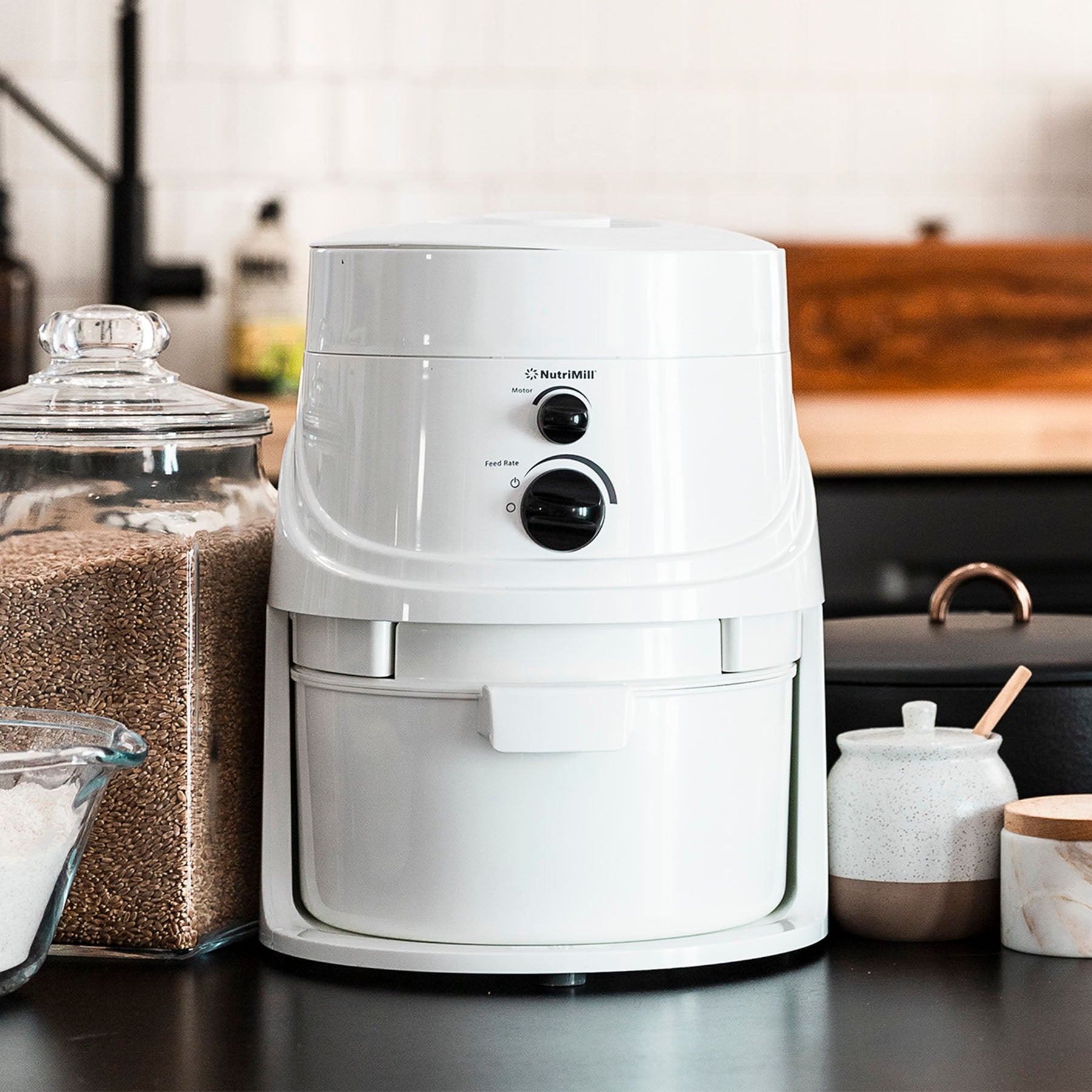
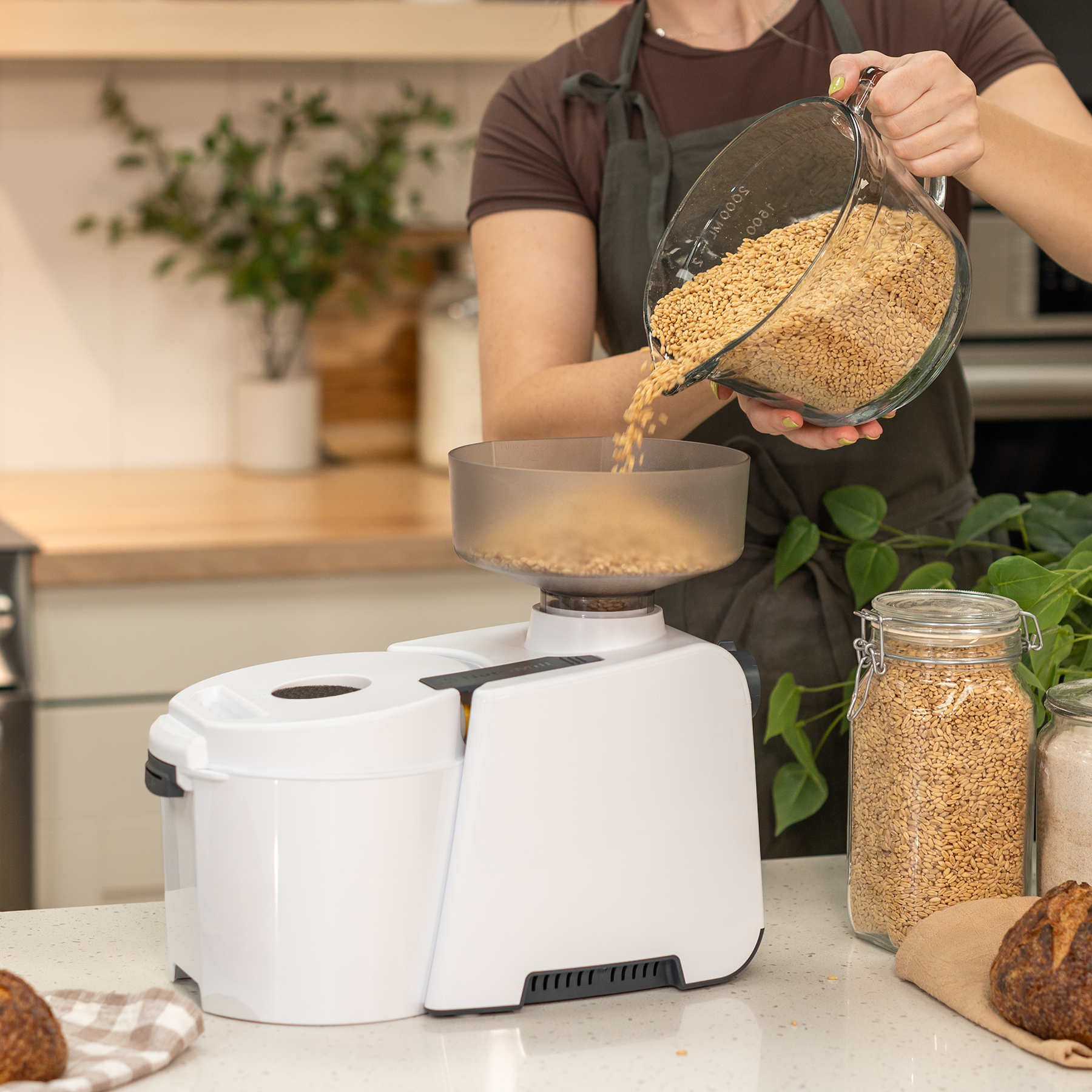


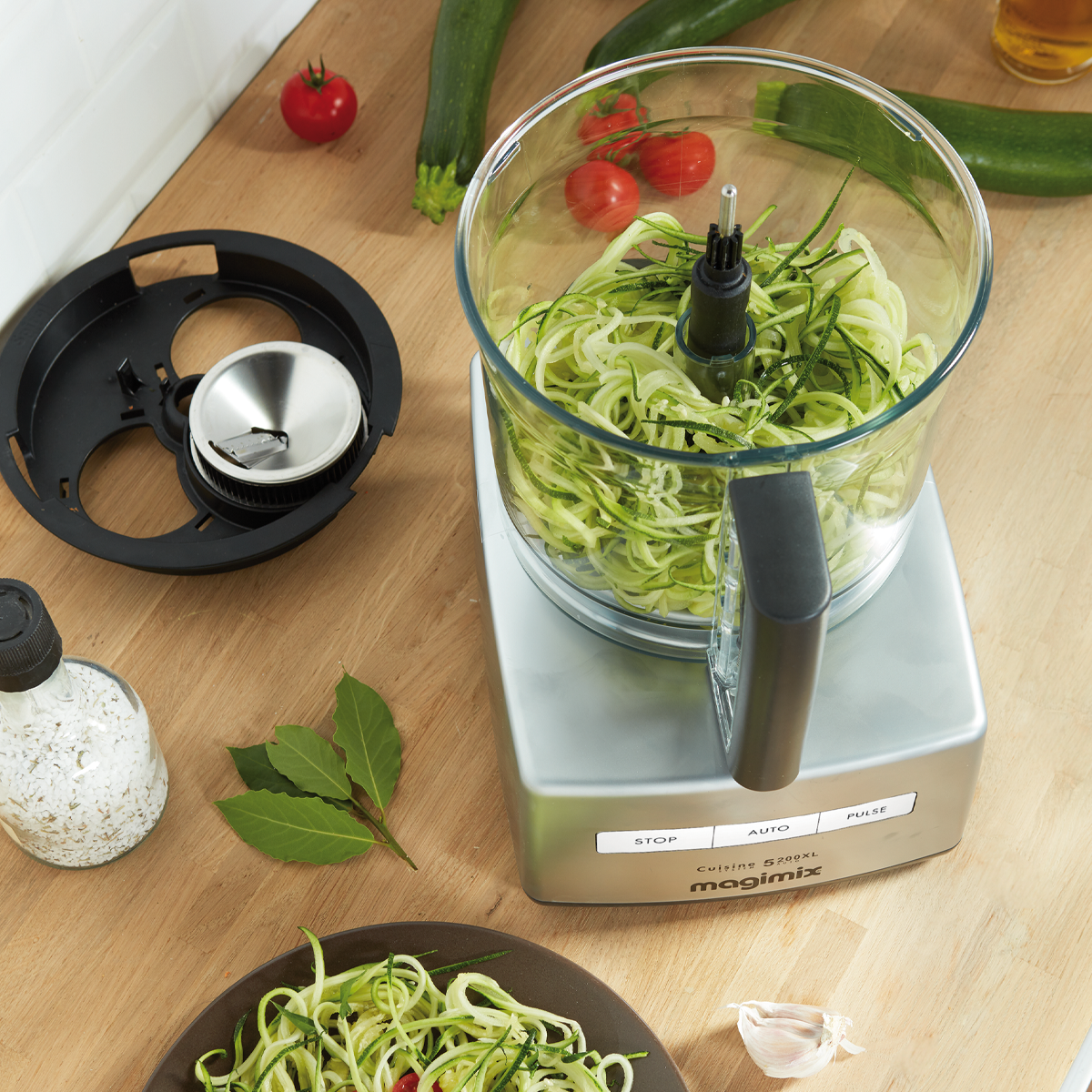

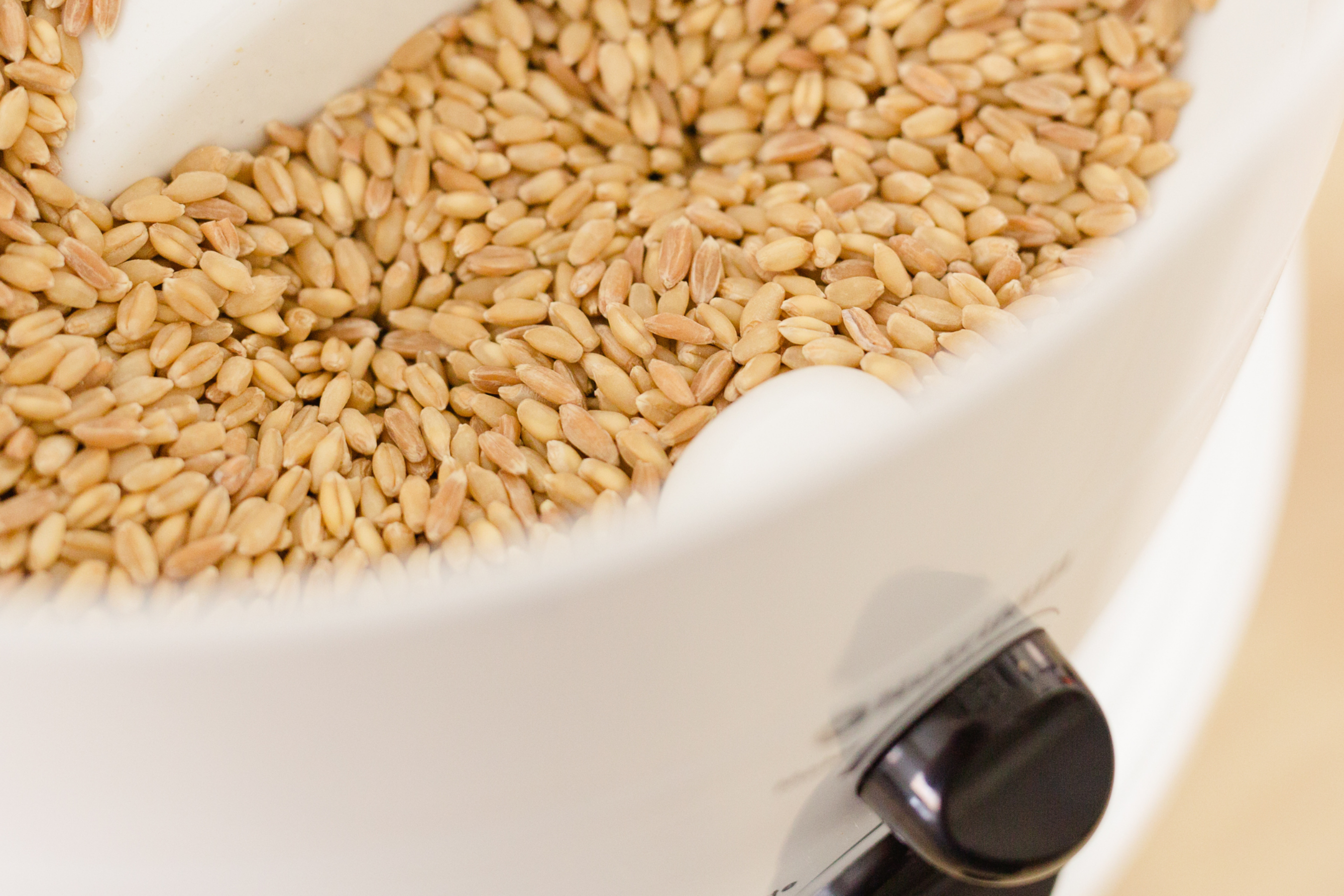
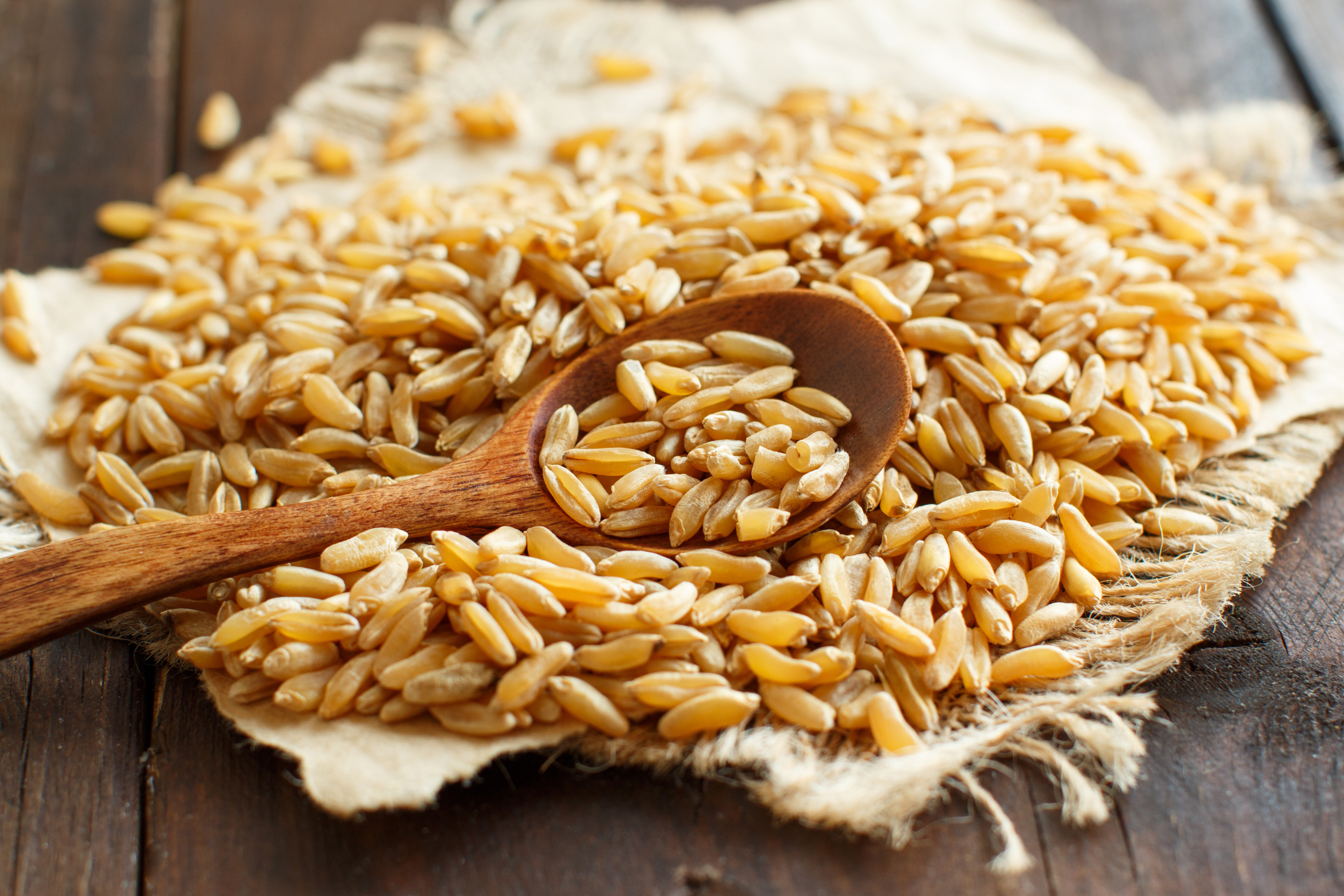
Leave a comment
All comments are moderated before being published.
This site is protected by hCaptcha and the hCaptcha Privacy Policy and Terms of Service apply.